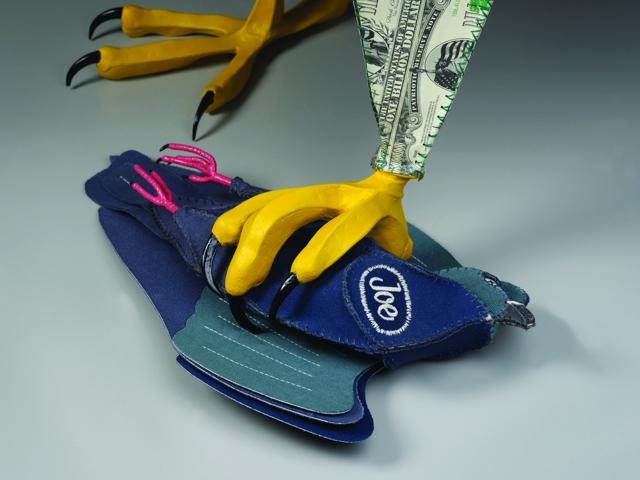The arts have long been a vehicle for progressive thinkers to communicate ideas, challenge beliefs or expose injustices. Here’s a quick look at three artists exploring this overlap between arts and activism.
Letterpress printer Frank Brannon directs a printing project that uses the Cherokee language. “Like many languages around the world, the Cherokee spoken language is struggling to continue as there are fewer and fewer speakers,” Brannon says. His academic research focused on the historical 19th-century newspaper, the Cherokee Phoenix, which was printed in both English and Cherokee.
“As a book artist, I knew how to print books in a traditional manner with metal printing type, the way it was done before the advent of the computer,” he says. “I came to think about how we might print in Cherokee in this way to support Cherokee language revitalization.” Working with translations from the Cherokee Studies Program at Western Carolina University, Brannon aims to use these manual printing techniques to preserve the language and its original Cherokee syllables. “When I think about how history shows us that positive, nonviolent change is possible with simple acts such as walking or sitting, I recognize that there can be great power in printing our thoughts and beliefs,” Brannon says. “And that how we might choose to print them, and in what language or form, can be a part of that power.”
When speaking about her work, sculptor Annie Lemanski says, “Even though I’m making animals a lot of the time, it has to do with human activity. It’s about our relationship with animals and our exploitation of them.” In one piece, Lemanski created a sculpture of a lion head, exploring the issue of some African herders protecting their livestock by using pesticides on animal carcasses, to poison the lions that feed on them.
“I’m not solely on the side of the animal or solely on the side of the human,” Lemanski says. “I’m just trying to point out things that I see happening and make people aware of it.” The piece “Deregulator” is in the Asheville Art Museum’s permanent collection. Addressing the 2008 financial crisis, Lemanski used imitation billion dollar bills to form the eagle, which Lemanski describes as “the national symbol.” The pigeons of the sculpture are then outfitted as “blue-collar mechanics and factory workers.” Of note is the smashed “Joe Pigeon” in the eagle’s left claw.
In 1990, ceramic artist John Hartom started the Empty Bowls project with his wife, Lisa Blackburn. What began as a one-time project to address hunger continues today in communities around the world. Empty Bowls event attendees receive a handmade ceramic bowl and a humble meal of soup and bread.
Recalling the first event, Hartom “surprised the guests by asking them to keep their bowl as a reminder of all the empty bowls in the world. The place went silent — bowls were clutched to chests, a tear or two appeared. Lisa and I looked at each other in disbelief at the energy generated.”
This event became bigger than the pottery or the meal, and the pair was inspired to develop it as a model that could be replicated in other communities. “The name was declarative,” Hartom says. “There are empty bowls. Deal with it or not, that is up to you.” As more communities sponsored more events, the project’s goals to raise both funds and awareness also grew. “We have found the arts to be very powerful in building community and storytelling. Lisa made a great poster that simply reads: ‘It's OK to Share — There's Enough for Everybody.’ That sums up our belief and our message.”
For more information on these projects, visit www.speakeasypress.com, www.emptybowls.net and www.annelemanski.com. The next Empty Bowls event in our region is scheduled for July 27 in Black Mountain.



Before you comment
The comments section is here to provide a platform for civil dialogue on the issues we face together as a local community. Xpress is committed to offering this platform for all voices, but when the tone of the discussion gets nasty or strays off topic, we believe many people choose not to participate. Xpress editors are determined to moderate comments to ensure a constructive interchange is maintained. All comments judged not to be in keeping with the spirit of civil discourse will be removed and repeat violators will be banned. See here for our terms of service. Thank you for being part of this effort to promote respectful discussion.